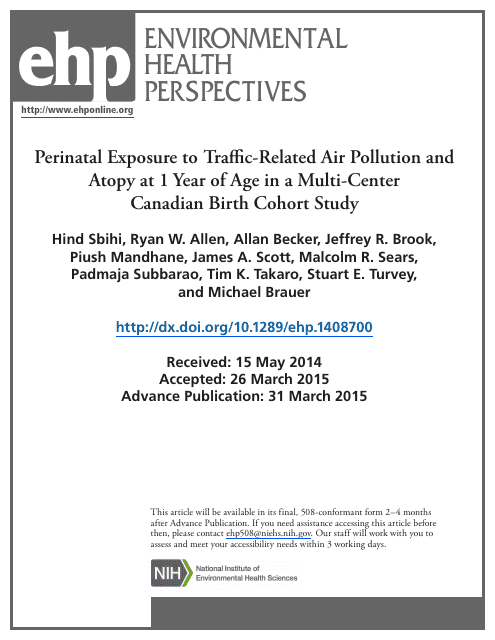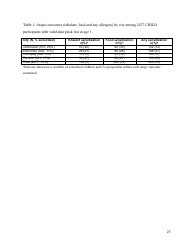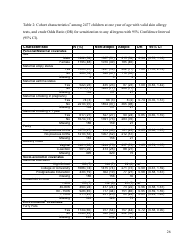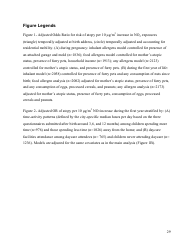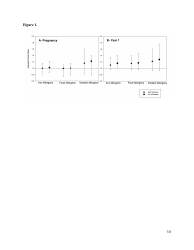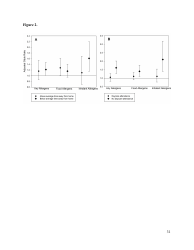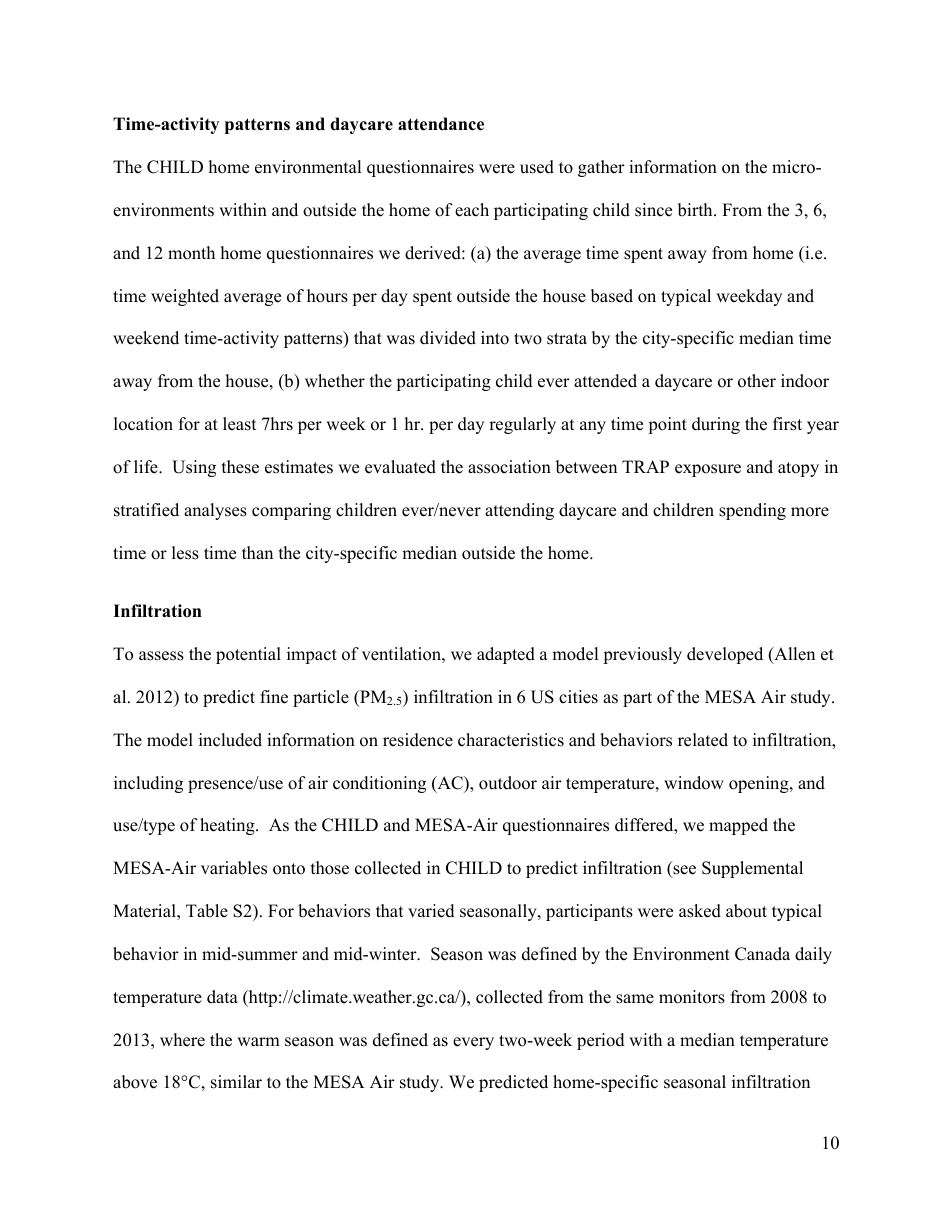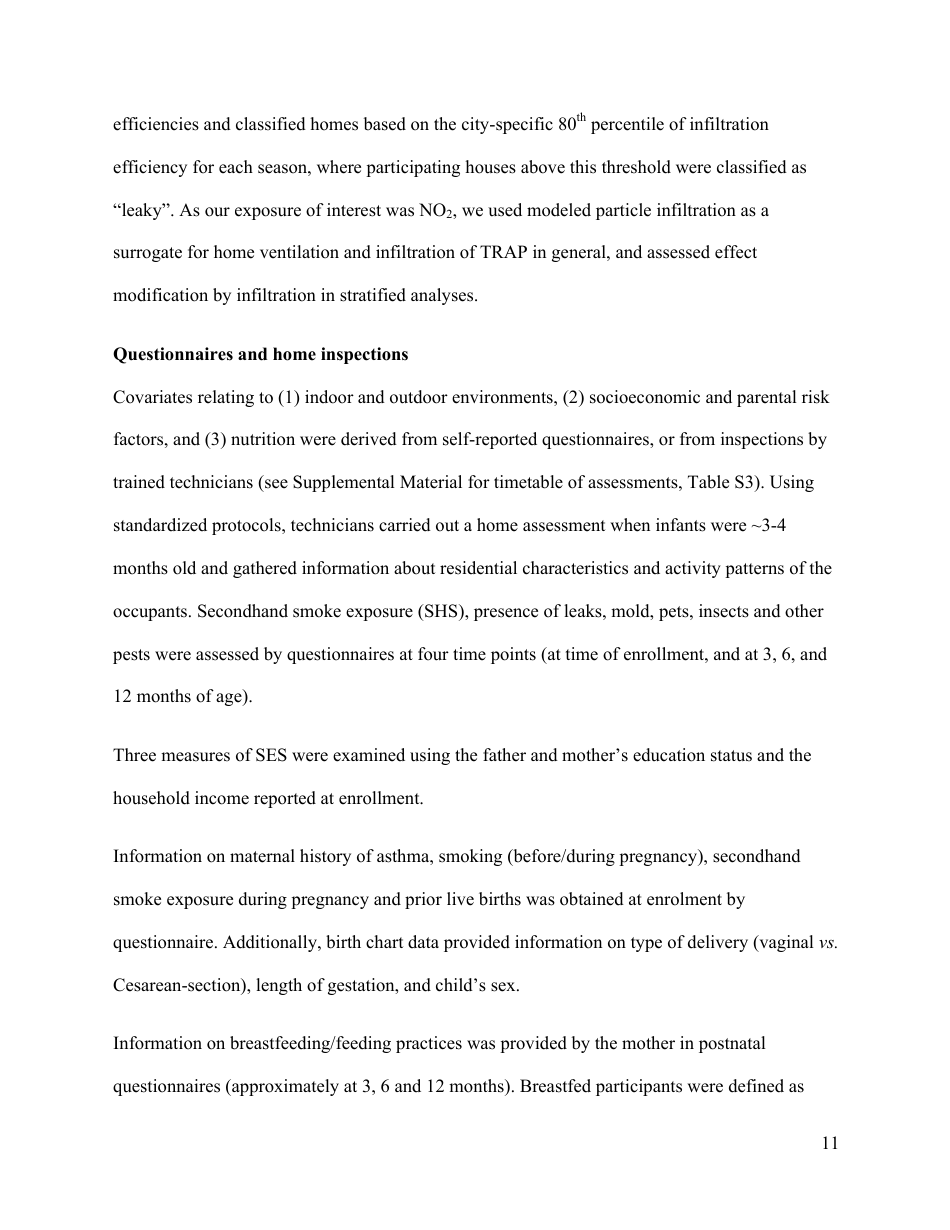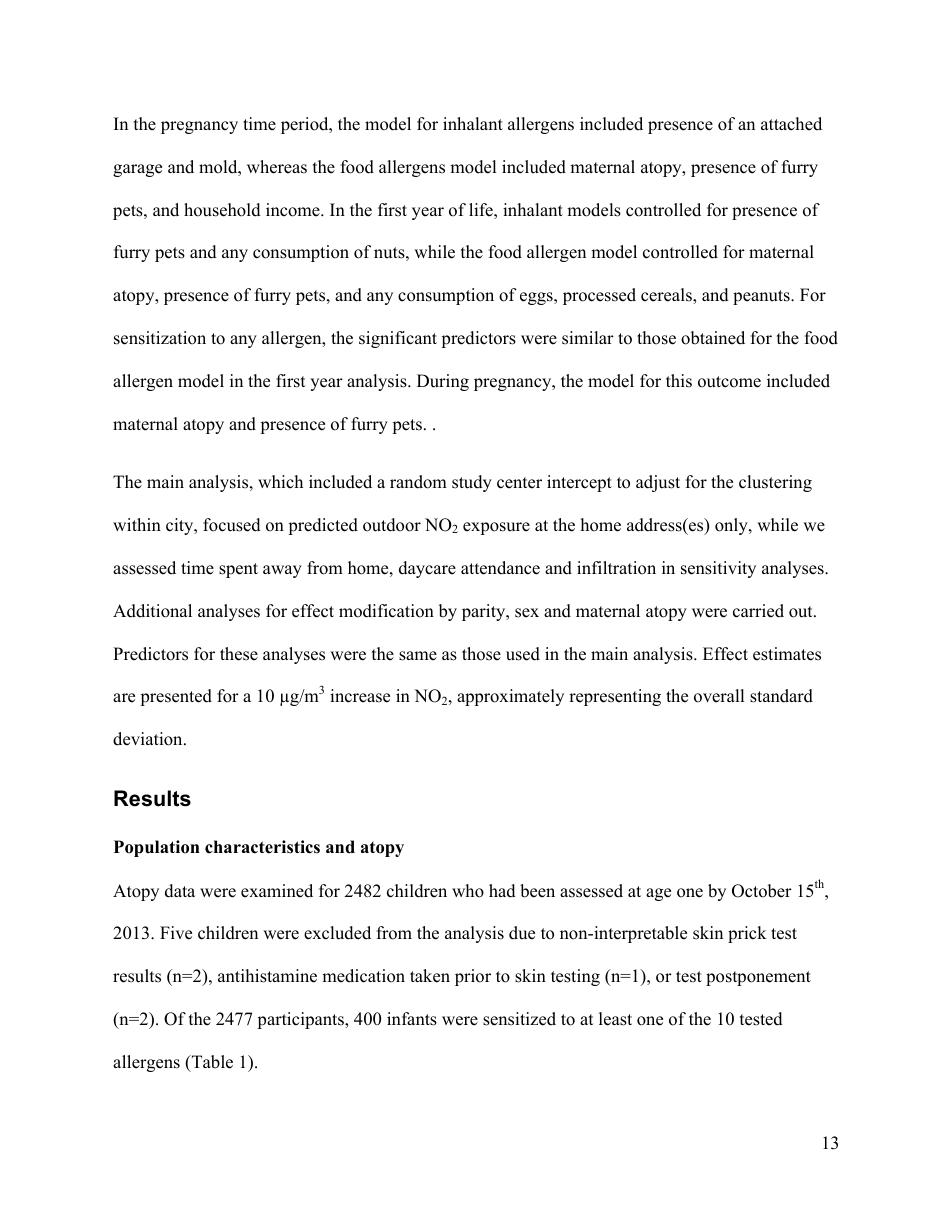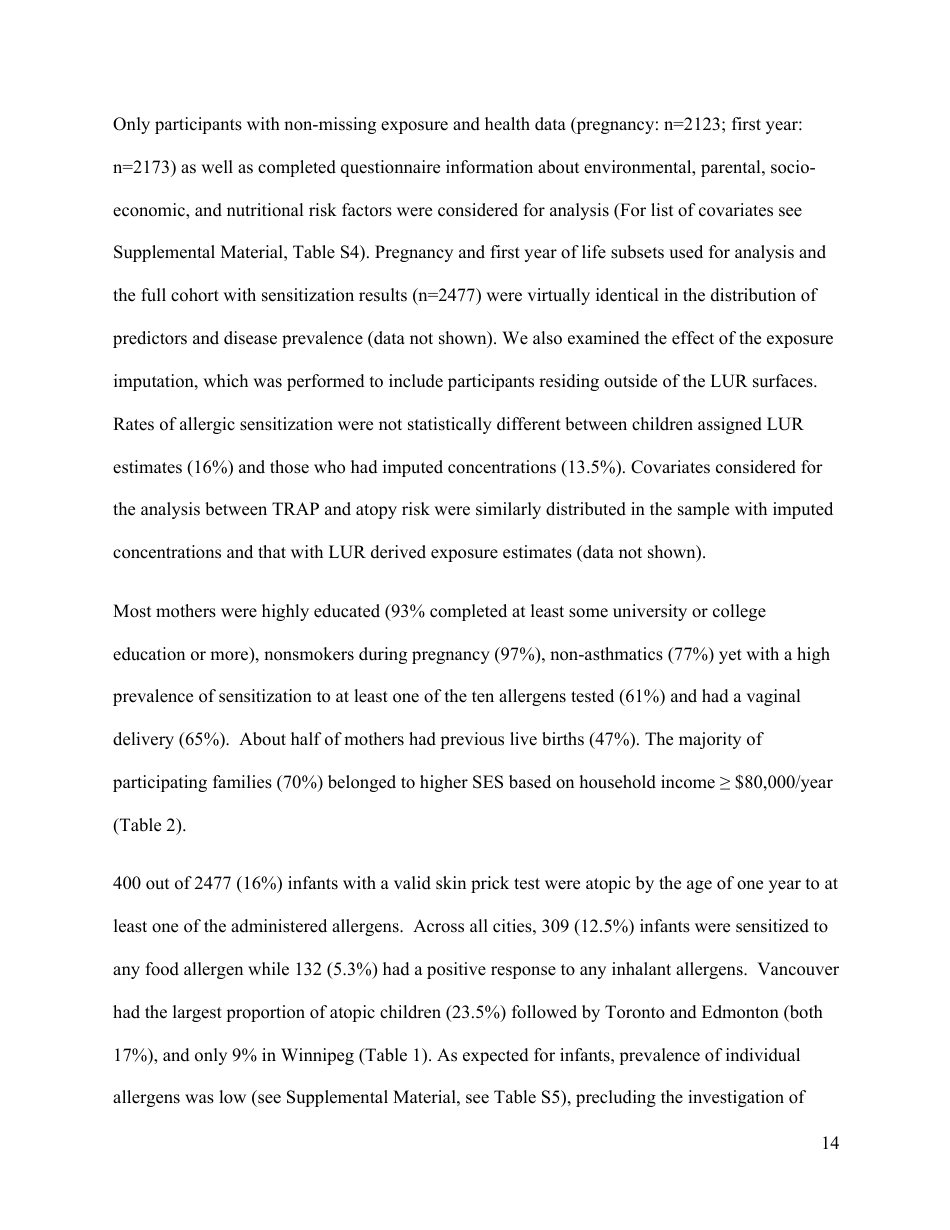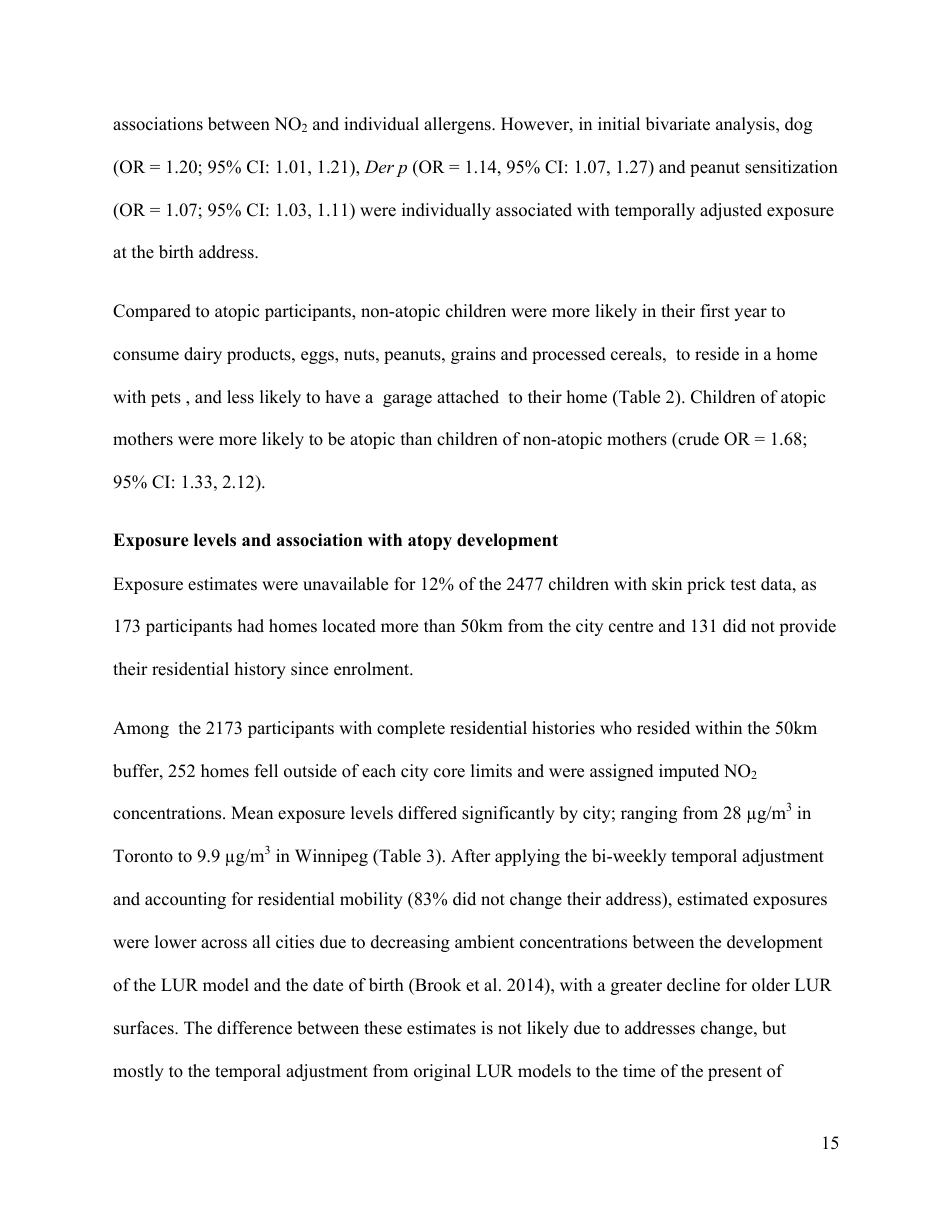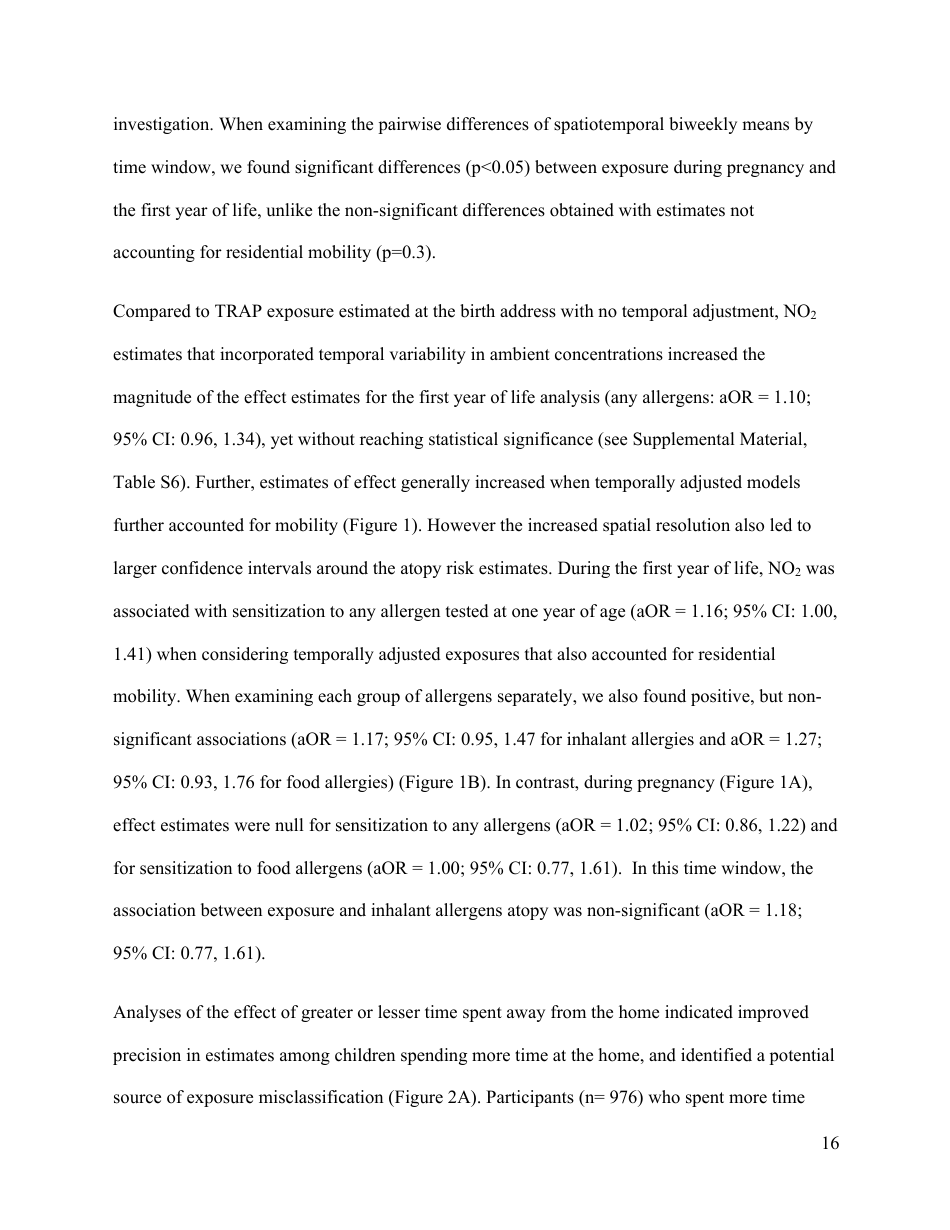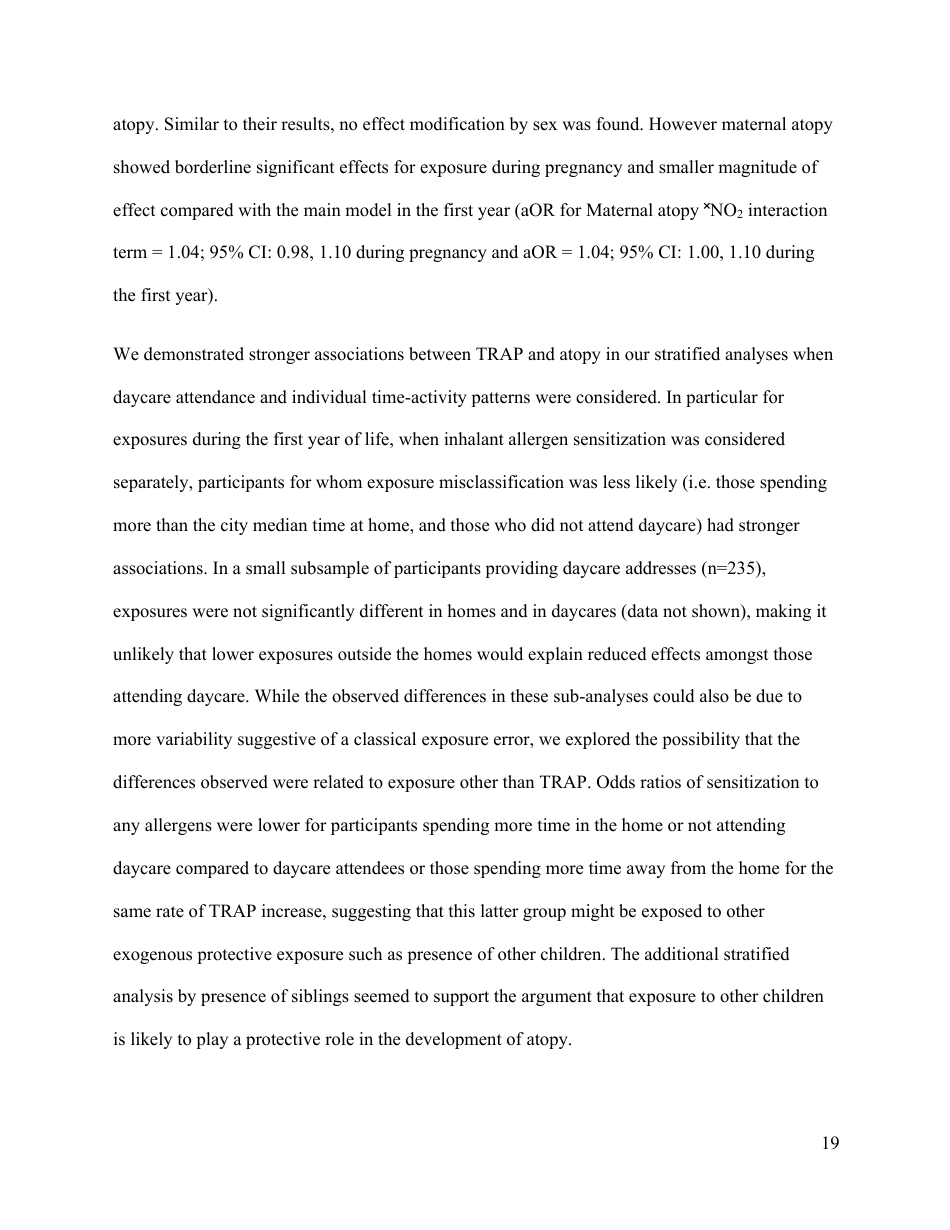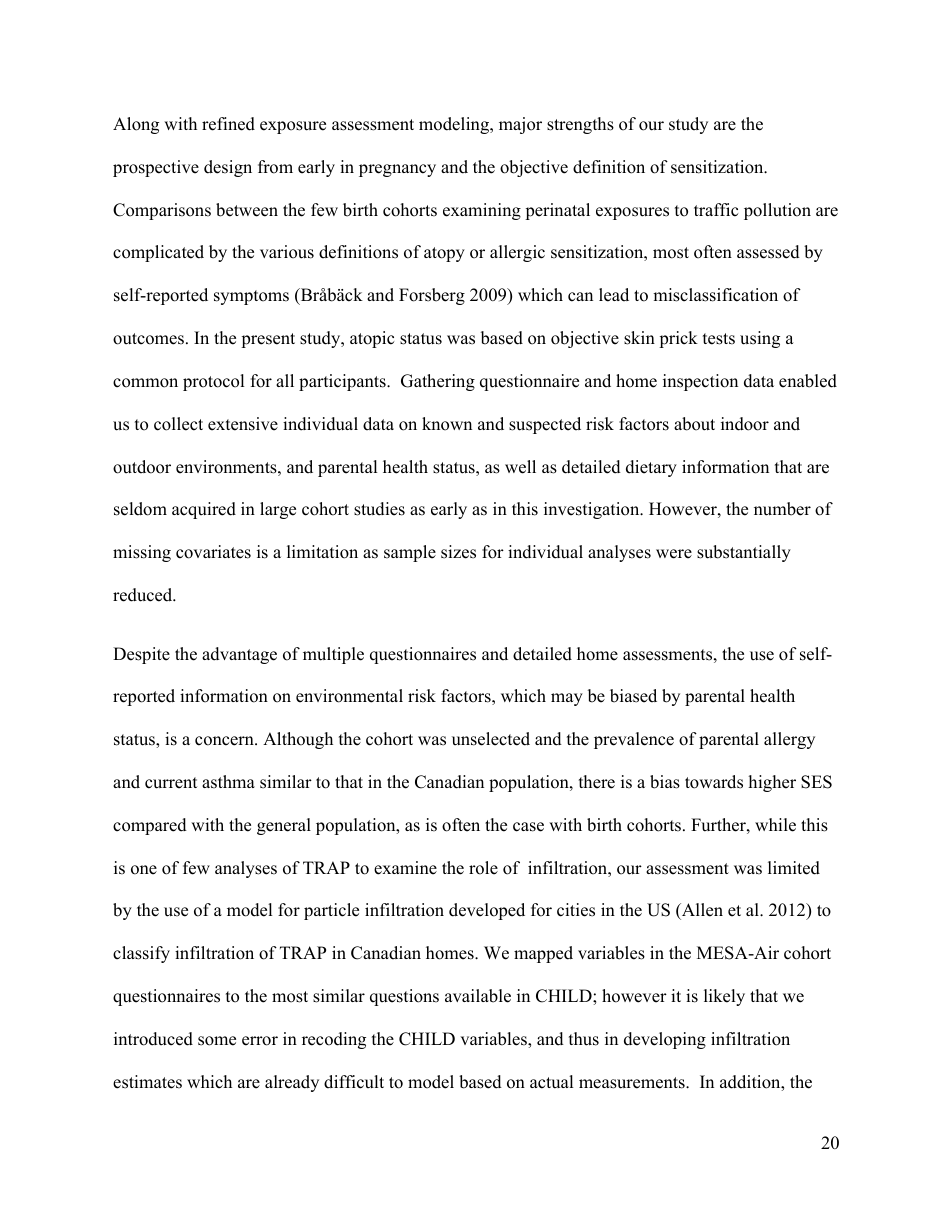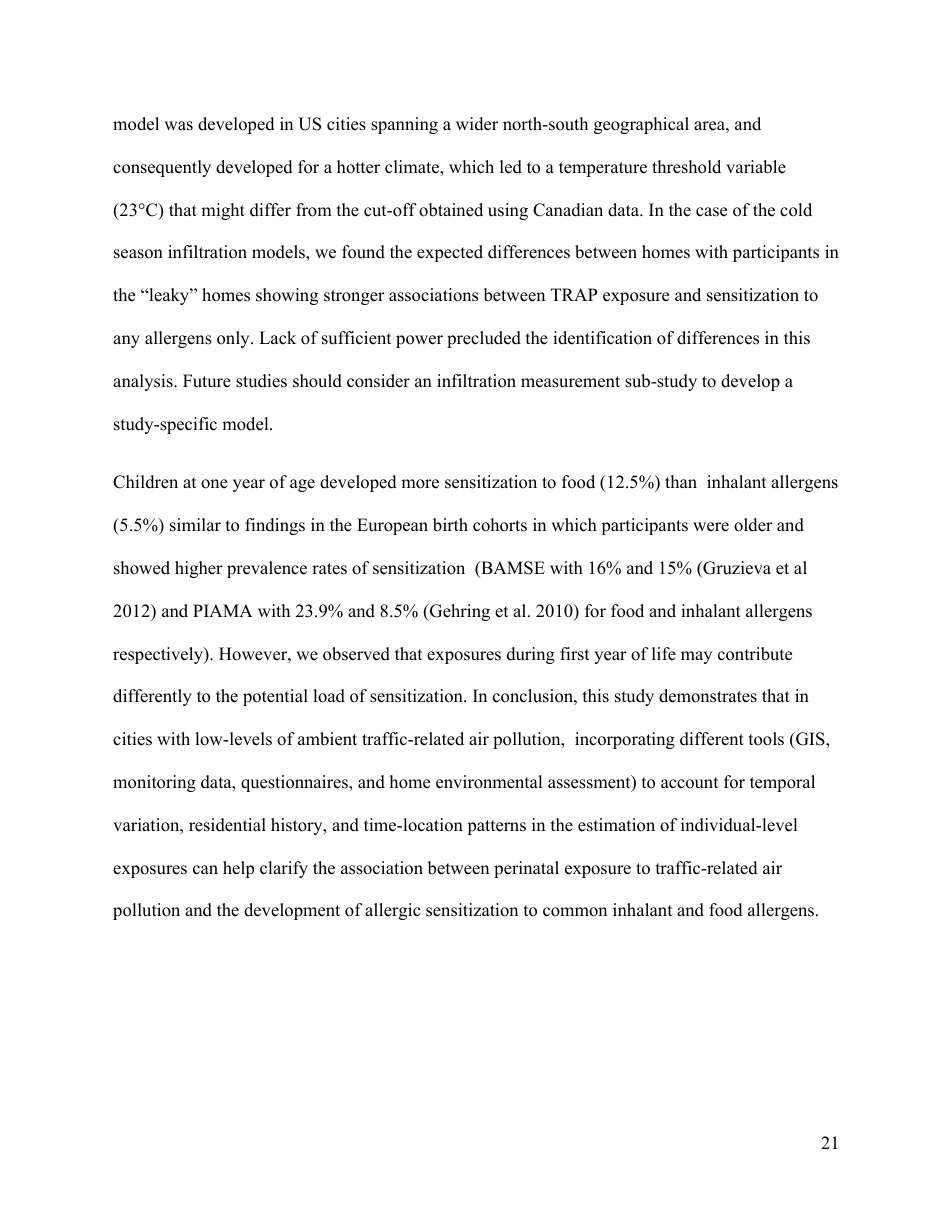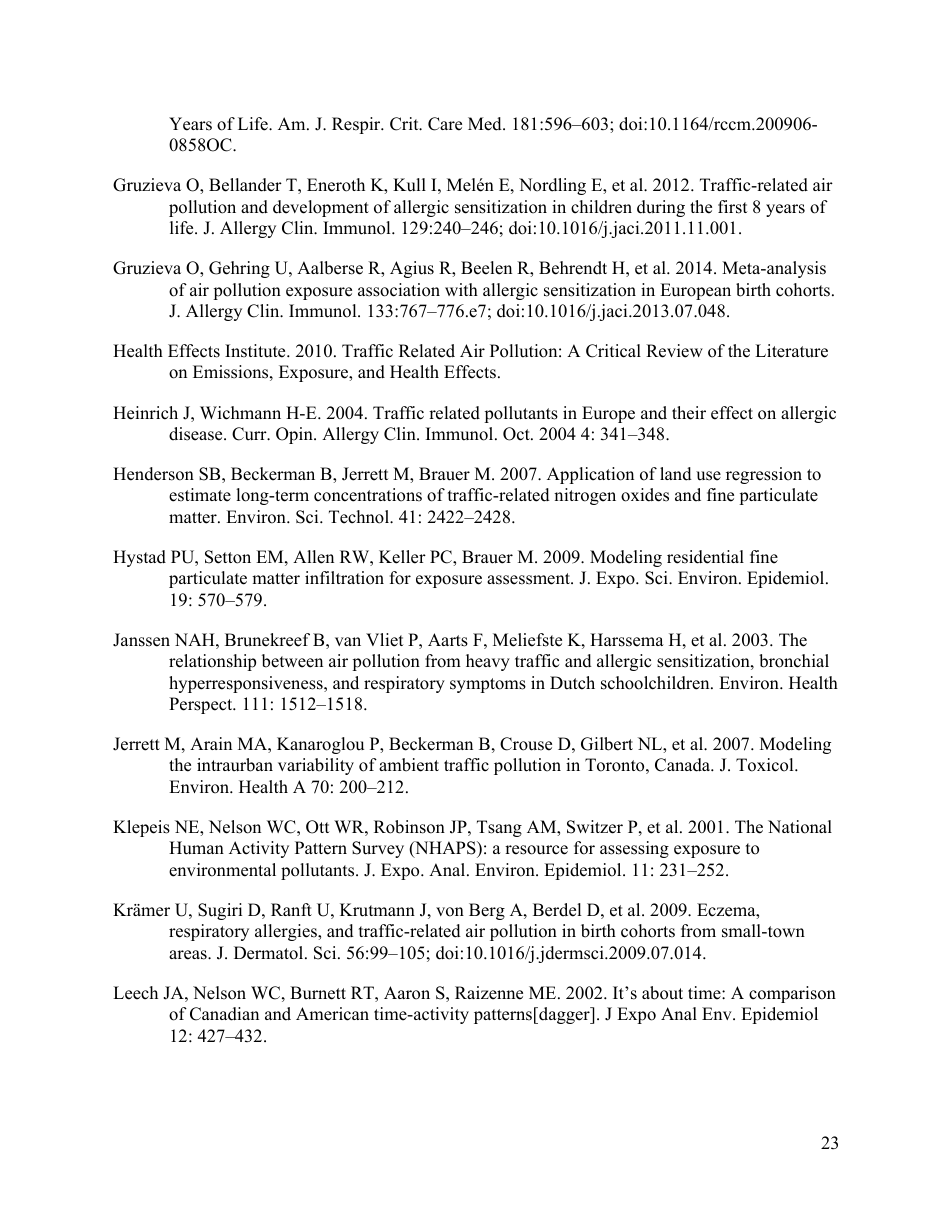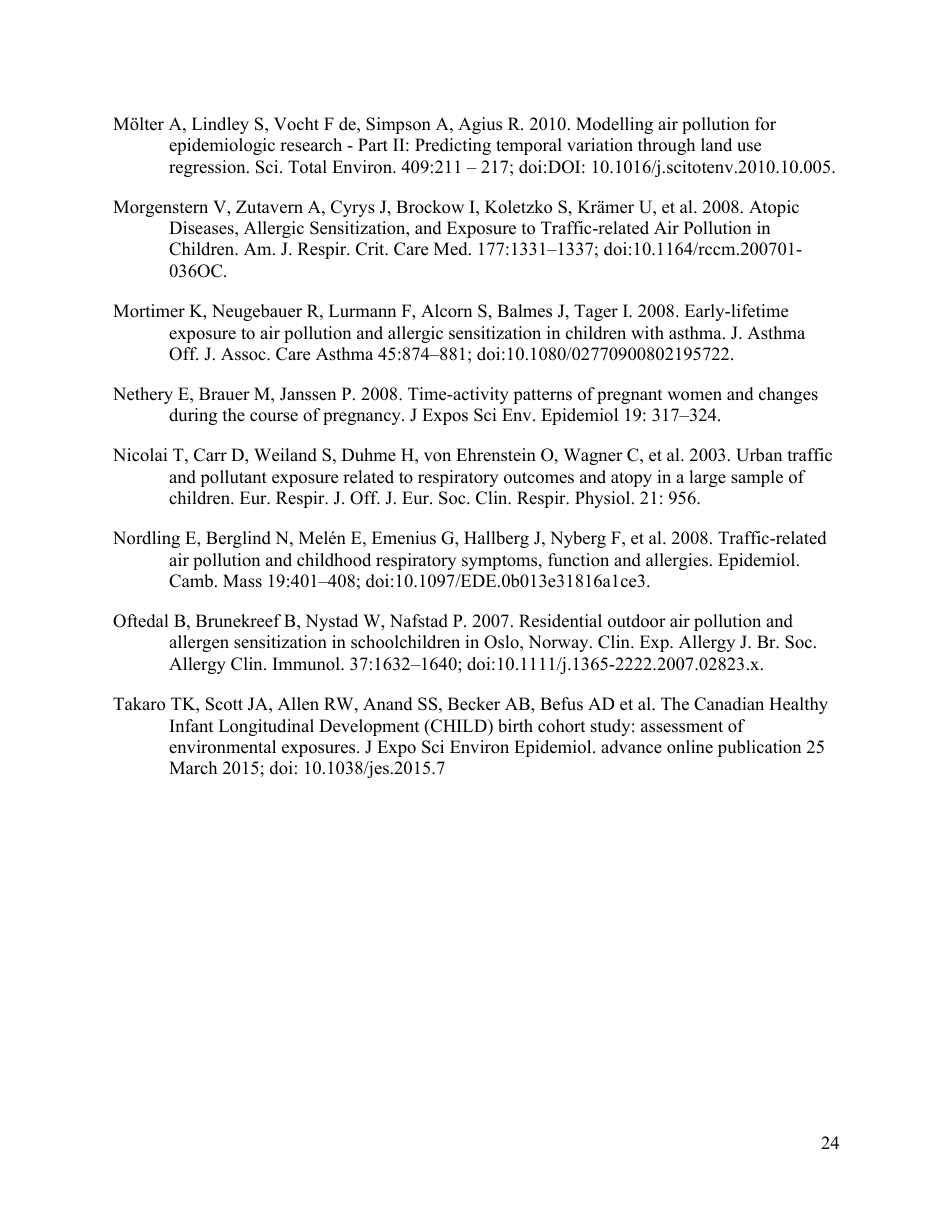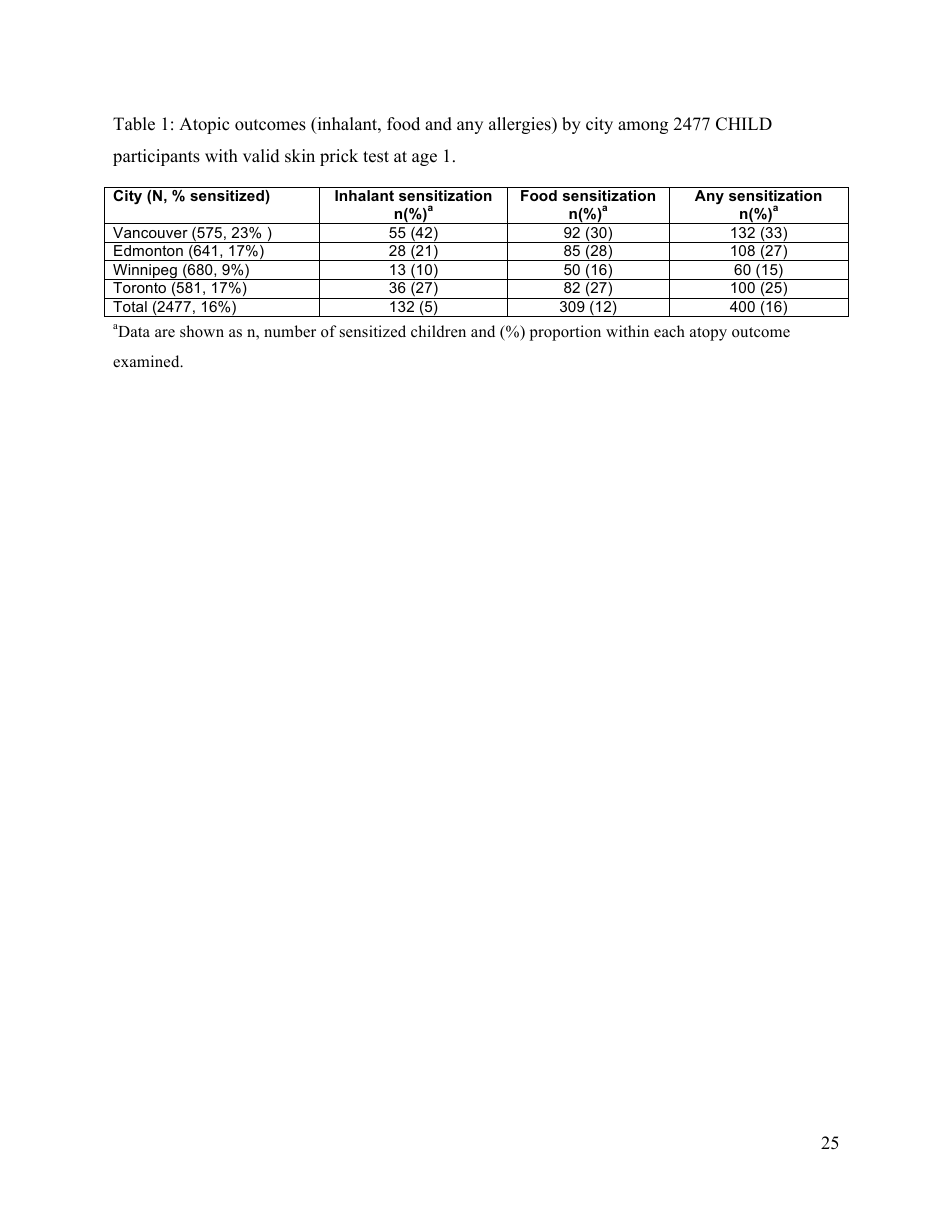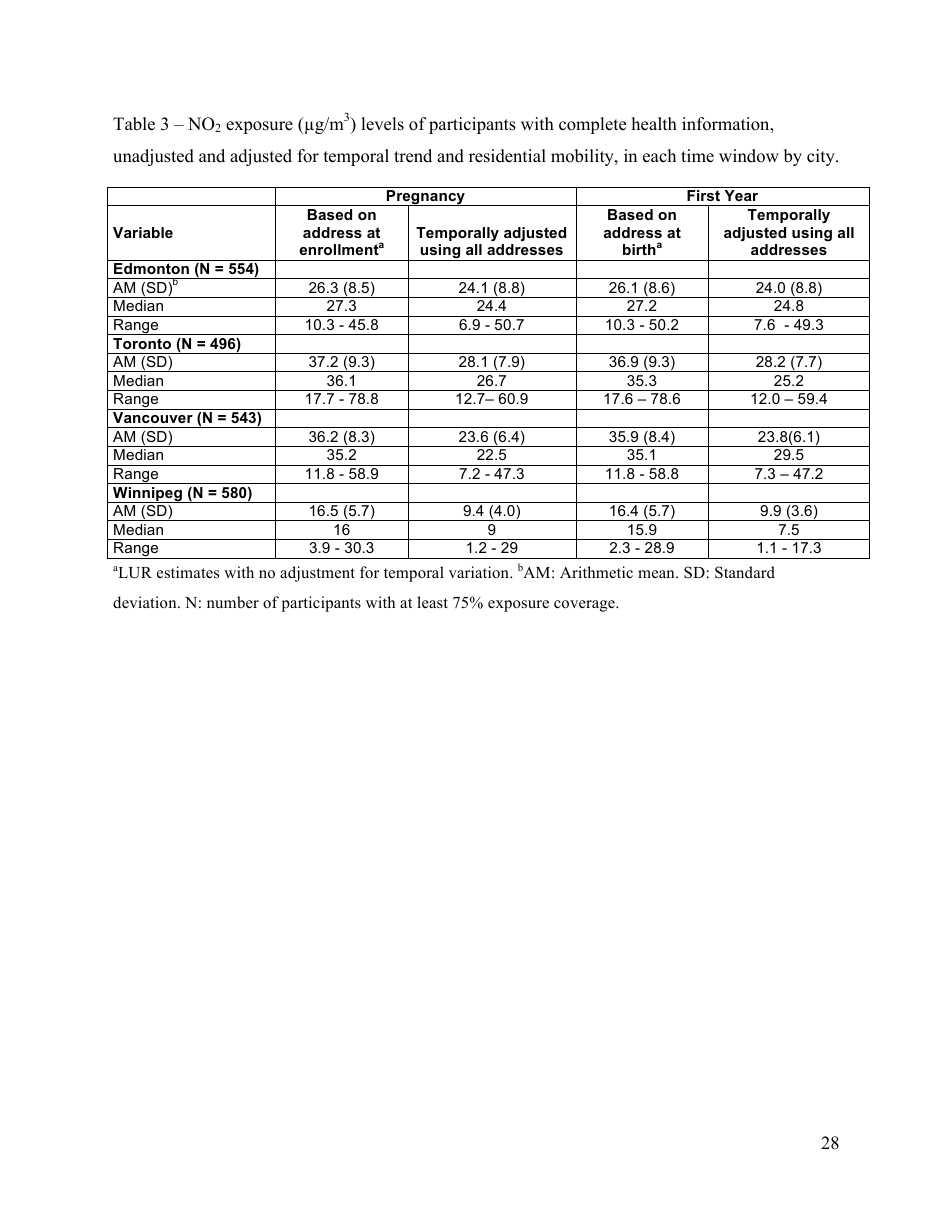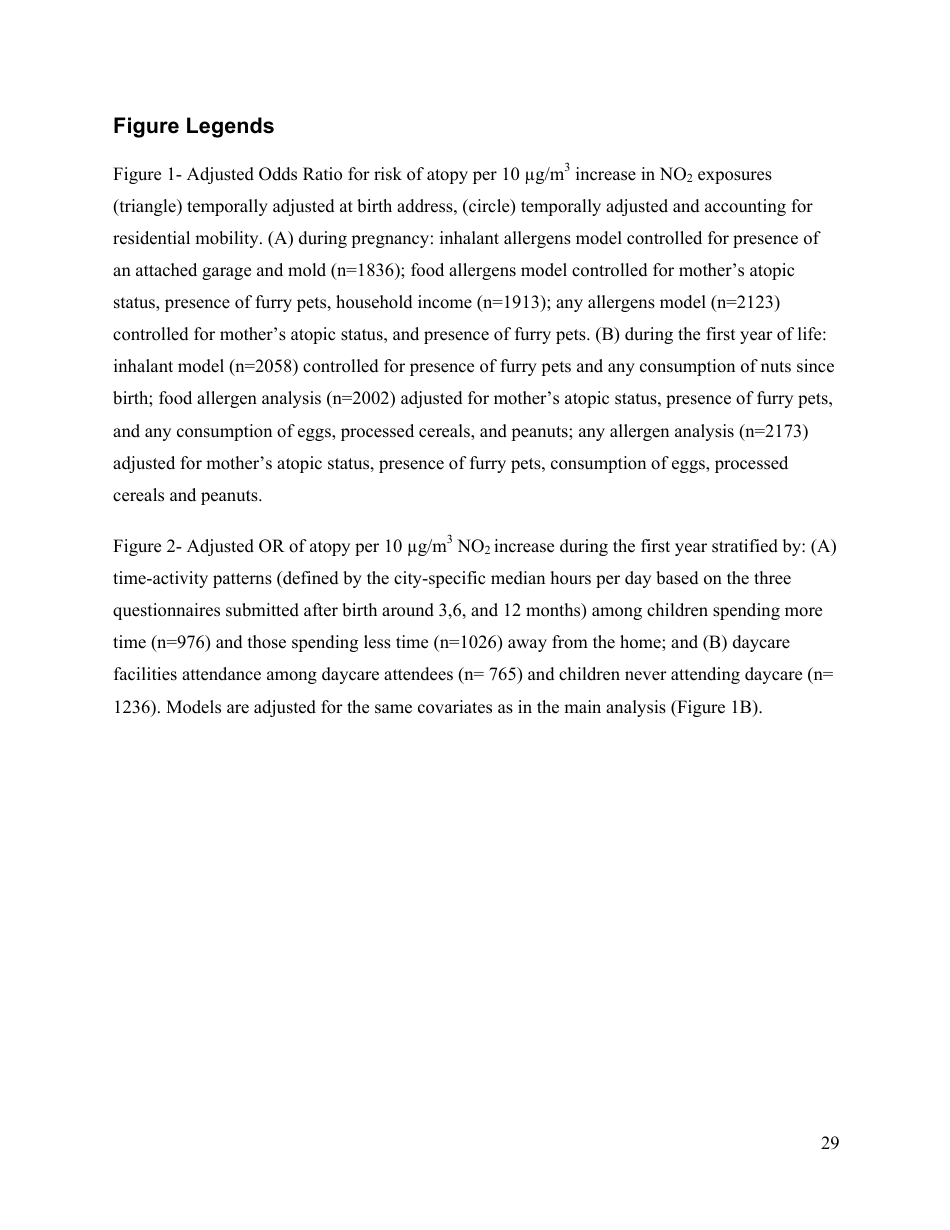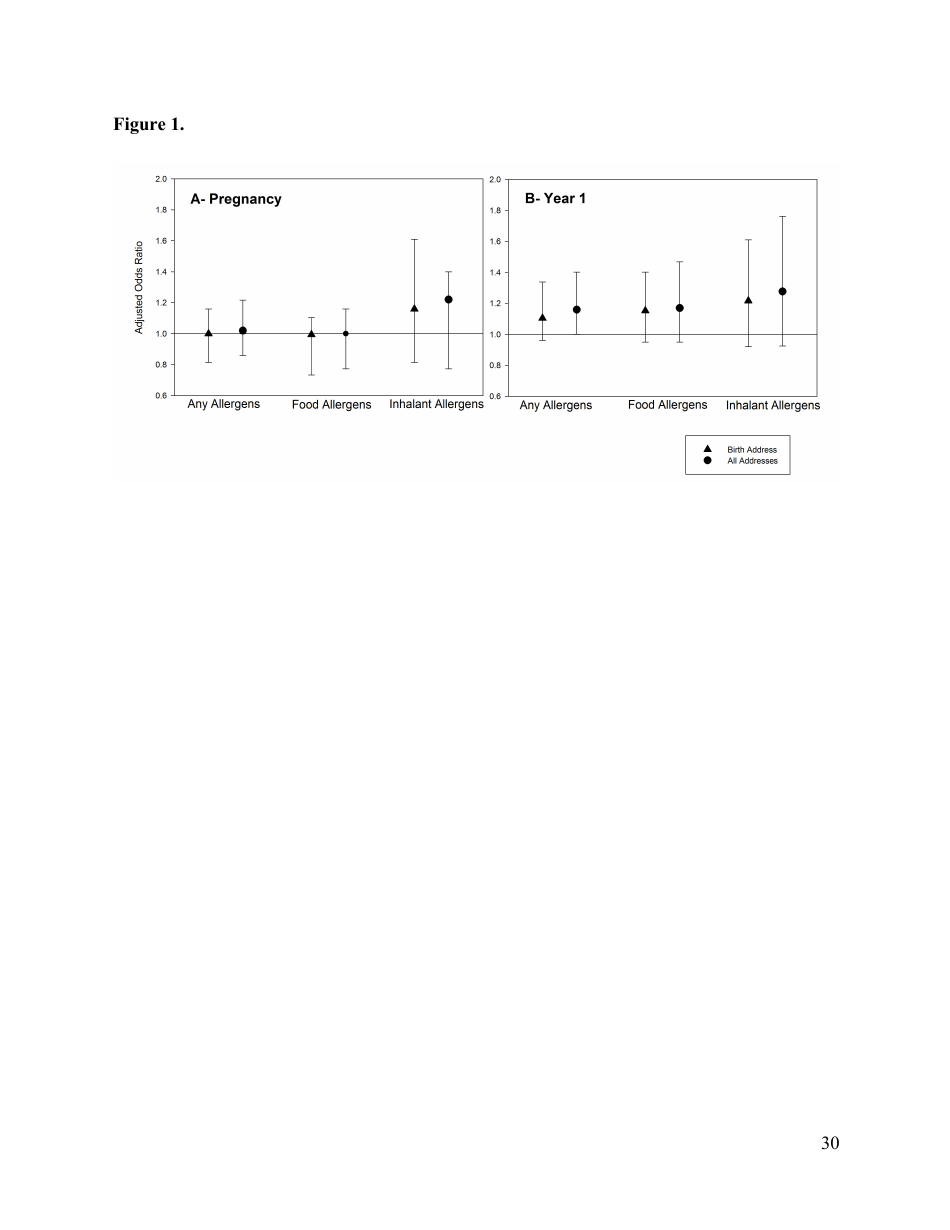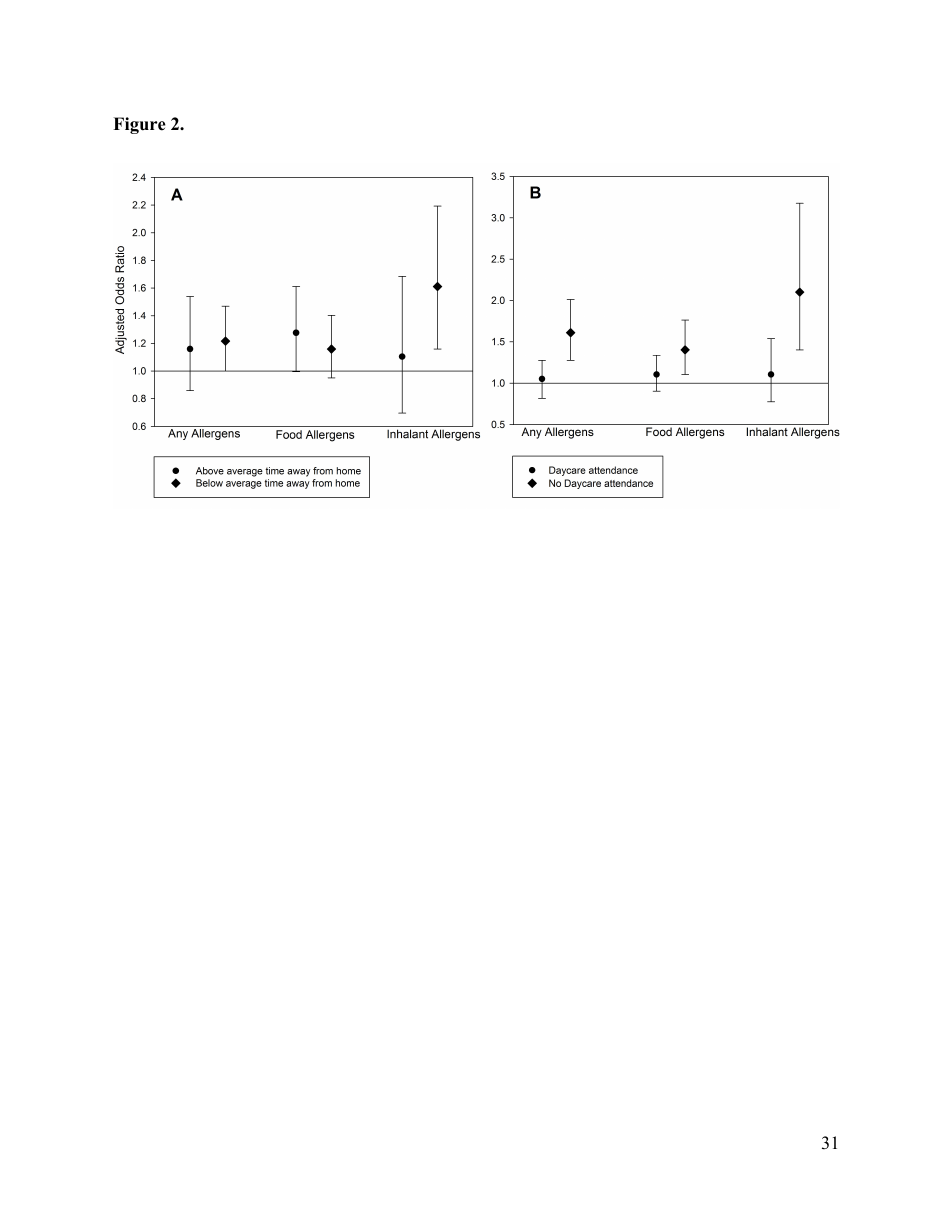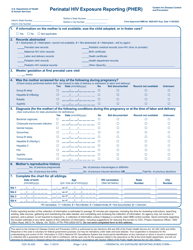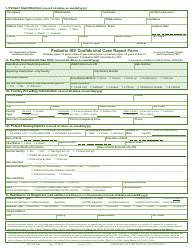Perinatal Exposure to Traffic-Related Air Pollution and Atopy at 1 Year of Age in a Multi-Center Canadian Birth Cohort Study
Perinatal Exposure to Traffic-Related Air Pollution and Atopy at 1 Year of Age in a Multi-Center Canadian Birth Cohort Study is a 32-page legal document that was released by the U.S. Department of Health and Human Services - National Institutes of Health on May 15, 2014 and used nation-wide.
FAQ
Q: What is the study about?
A: The study investigates the link between exposure to traffic-related air pollution during perinatal period and development of atopy in infants at 1 year of age.
Q: What is perinatal exposure?
A: Perinatal exposure refers to exposure to environmental factors, including air pollution, during pregnancy and shortly after birth.
Q: What is traffic-related air pollution?
A: Traffic-related air pollution is air pollution caused by vehicles on the road, including exhaust emissions and particles from traffic.
Q: What is atopy?
A: Atopy refers to a genetic predisposition to develop allergic diseases such as asthma, hay fever, or eczema.
Q: What is a birth cohort study?
A: A birth cohort study follows a group of individuals from birth onward to examine how various factors may influence their health and development.
Q: What age group was included in the study?
A: The study included infants at 1 year of age.
Q: What did the study find?
A: The study found a link between perinatal exposure to traffic-related air pollution and the development of atopy in infants at 1 year of age in the Canadian birth cohort.
Q: Why is this study important?
A: This study is important because it helps understand the potential health effects of air pollution on infants and identifies a possible risk factor for the development of allergic diseases.
Form Details:
- The latest edition currently provided by the U.S. Department of Health and Human Services - National Institutes of Health;
- Ready to use and print;
- Easy to customize;
- Compatible with most PDF-viewing applications;
- Fill out the form in our online filing application.
Download a printable version of the form by clicking the link below or browse more legal forms and templates provided by the issuing department.
